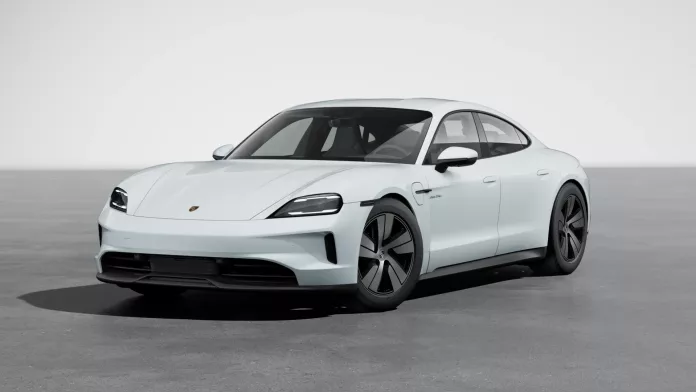Electric vehicle (EV) range is a hot topic among drivers, with many questioning the disparity between the mileages advertised by the Environmental Protection Agency (EPA) and actual driving experiences. The key issue isn’t solely with manufacturers like Tesla but rather with the underlying testing methods used by the EPA, which don’t fully replicate real-world driving conditions, particularly at highway speeds of 70 MPH or more. Let’s delve into why this discrepancy occurs and explore some possible solutions for improvement.
EPA Range Testing Explained
Understanding how the EPA tests EVs for range is imperative. Like their gasoline counterparts, EVs go through a series of test cycles which simulate urban and highway driving. However, these tests do not match up with typical high-speed conditions and tend to favor EVs with stop-and-go patterns, where regenerative braking systems can maximize energy efficiency.
The Flaws of Current Test Cycles
The limitations lie in the design of these tests. For instance, the maximum speed in the EPA’s highway test barely reaches 60 MPH with an average of 48.3 MPH, hardly representative of typical highway travel where speeds often exceed 70 MPH. At these higher speeds, factors like aerodynamic drag play a more significant role, leading to a consumption of energy that’s not adequately accounted for in the test cycles.
Adjusting for Real-World Conditions
To somewhat address this issue, the EPA uses weighting and adjusts the energy use estimates based on factors like aggressive driving and climate control usage. Yet, this adjustment often falls short of capturing the reality of high-speed interstate driving, leading to ‘optimistic’ range figures.
How Range Estimates Fall Short at High Speeds
When EVs are put through real-world driving tests at 70 MPH, many fail to meet the EPA’s range estimates, although there are exceptions like the Porsche Taycan, which surpasses its EPA range. Such outcomes hint at a mismatch between testing protocols and the conditions drivers actually face on the road.
Proposed Solutions for Better Range Estimates
Rethinking Range Metrics
Manufacturers and the EPA could present a more nuanced view of the range by offering a spectrum of estimates across different speeds and temperatures, rather than a single number that tries to encapsulate all driving conditions. This approach would give consumers a clearer understanding of what to expect from their EV in various scenarios.
The Role of Trip Planning Software
Trip planning software is crucial for accurate range expectation management. If manufacturers provided more accessible planning tools and educational materials, drivers would be better equipped to understand and plan for the range limits of their EVs before making a purchase.
Marketing and Education Strategies
Adding links to ‘road trip simulators’ in marketing materials and ensuring new EV owners receive proper education about factors that affect range could significantly improve customer satisfaction and diminish range anxiety. These efforts would prepare drivers for real-world EV use and potentially reduce the transition back to internal combustion engine vehicles.
In closing, while the challenge of delivering accurate EV range estimates is complex, it is not insurmountable. Simple yet strategic changes in testing, marketing, and education by automotive manufacturers and the EPA can pave the way for better-informed consumers and a smoother embrace of electric mobility.


























